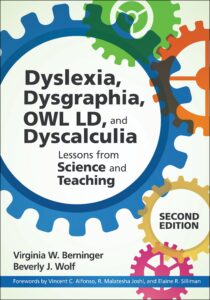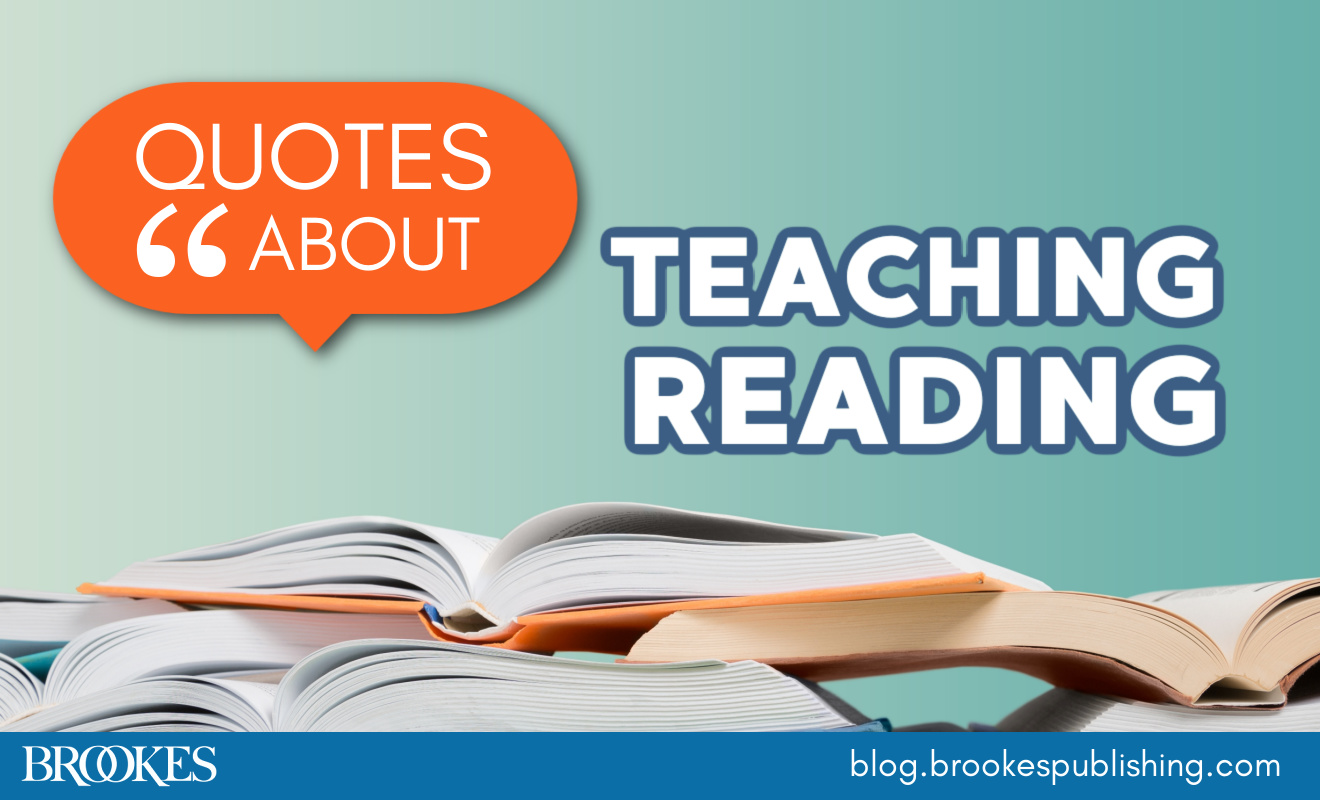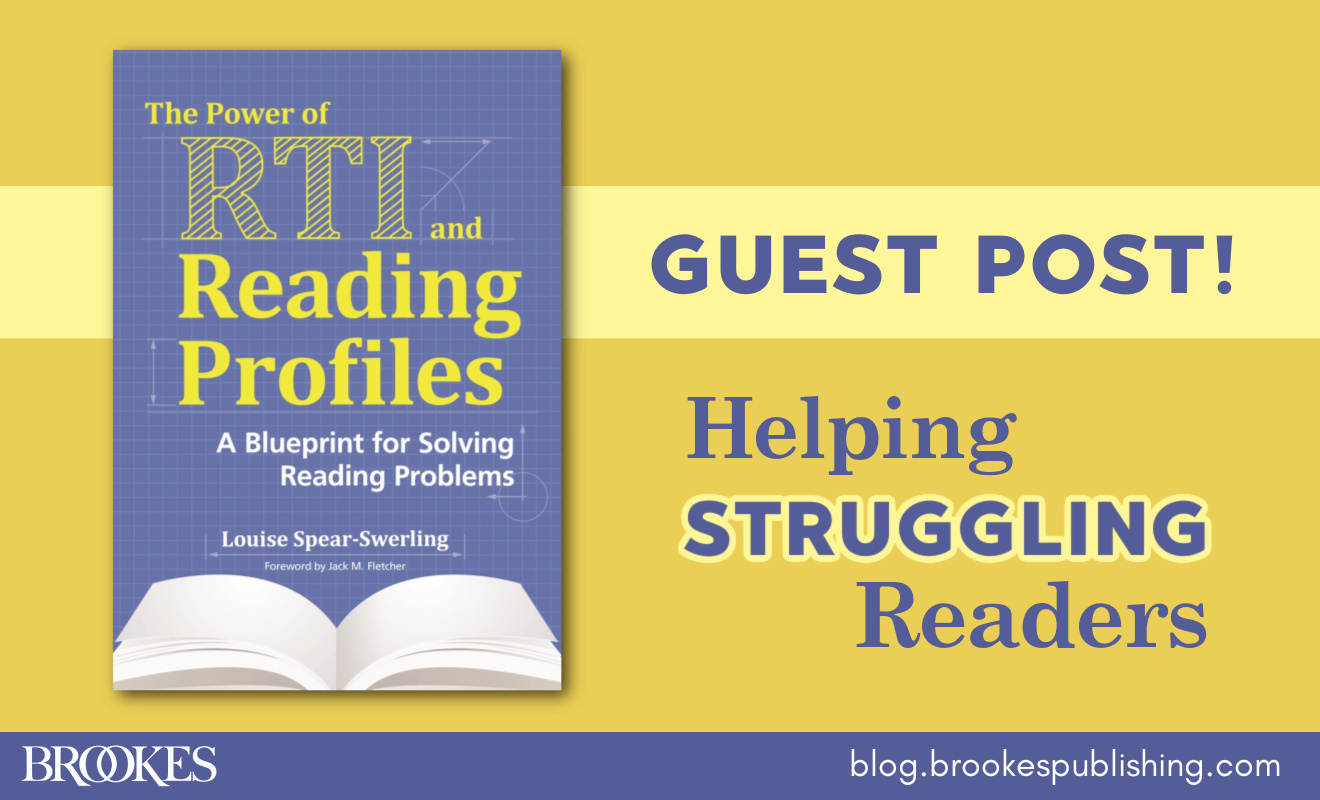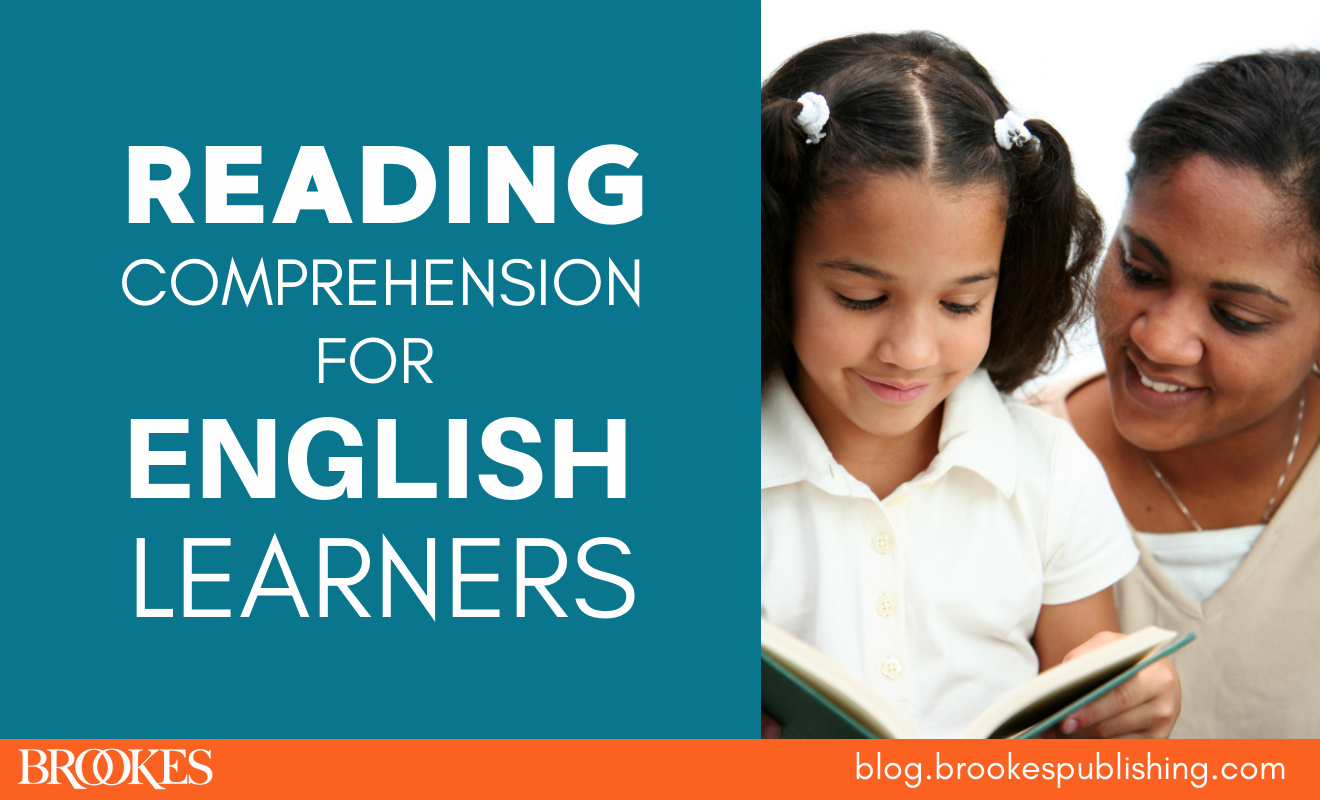How to Use Questioning to Boost Reading Comprehension
November 2, 2023
Comprehension is key to your students’ reading success—if they can’t make meaning from the stories and texts they read, they’ll have difficulty with reading both inside and outside the classroom.
One way teachers can help? Using questioning to build comprehension can help students think about what they’re reading and focus on what they are to learn from a passage or story. As a teacher, you can use specific questioning strategies to guide your students in developing a greater understanding of the story and the language used within it.
Try the following question-based strategies—adapted from from Dyslexia, Dysgraphia, OWL LD, and Dyscalculia, Second Edition, by Virginia W. Berninger & Beverly J. Wolf—to facilitate reading comprehension in your classroom. (These strategies can be used with all students, with and without learning disabilities such as dyslexia.)
Ask your students to:
Read an introduction to the story first. Have student answer purpose-setting questions such as “Where does the story begin? “What kind of story is this? Why do you think so?”
Predict outcomes in the story. Before reading, ask “What will happen? Why do you think it will happen that way?”
Identify “who?” or “what?” As the story is read, ask students to identify nouns or noun phrases, which are marked by articles or determiners identify the individual. Noun phrases that include adjectives such as the little brown dog describe. Noun phrases may also give details about number of something (e.g., The seven towering hills)
Identify “where?” or “when?” Remind students that a prepositional phrase gives important information such as where something is located (e.g., under the umbrella) or when something occurs (e.g., after lunch)
Find adjectives and adjective phrases that describe things in the story (e.g., smooth and slippery)
Find verb or action phrases used in the story (e.g., was sliding, had eaten)
Demonstrate an understanding of how suffixes change or shade meanings by past, present, future time, possessive, number, gender, and so forth (“What suffix tells us ‘how’? “What suffix tells us something happened in the past?”).
Clarify the use and meaning of pronouns. For example, ask “To what does it refer?” “Who is she?”
Demonstrate their understanding of punctuation and the ways it gives meaning in a sentence—including dashes, commas, quotation marks, and others. Ask them, “Why does this sentence end with an exclamation mark?” and “What mark shows that this is additional information?”
Locate precise vocabulary that gives inferential information. Ask students questions like, “What word in the sentence tells how the character feels?” “Which words tell exactly where the gold was hidden?”)
Summarize the story. After reading, ask “Who were the characters?” “What was the plot?” “What was the outcome?” “What was the main idea?” “What were the supporting details?”
Use these effective questioning strategies to boost your students’ comprehension skills—and help give them the foundation they need to understand the texts they read inside and outside of school.
Dyslexia, Dysgraphia, OWL LD, and Dyscalculia
Lessons from Science and Teaching, Second Edition
By Virginia W. Berninger, Ph.D., & Beverly J. Wolf, M.Ed.
How can teachers provide effective instruction for students with learning disabilities while meeting the needs of all students? This accessible text gives K–12 educators research-based answers from two highly respected voices in the field. Covering all four learning disabilities that require differentiated instruction, this book prepares educators to deliver explicit and engaging instruction customized to the needs of their students.





Write a Comment
Your email address will not be published. Required fields are marked *
Post a Comment